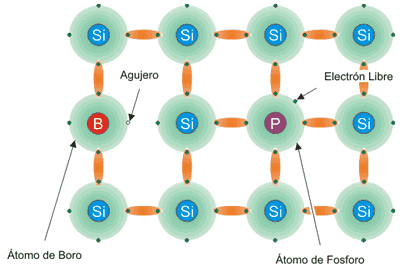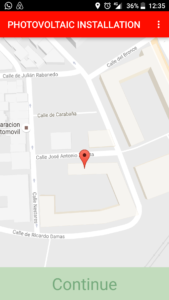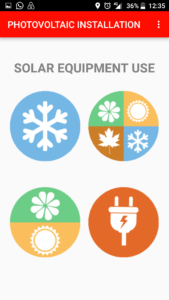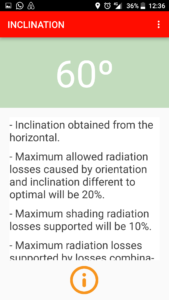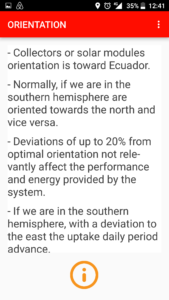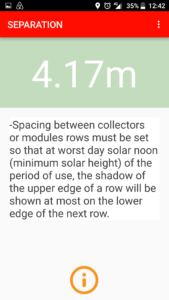PV cells marketing began with monocrystalline silicon.
Based on perfectly crystallized silicon sections, they have achieved yields between 16% and 20% (24.7% in laboratory).
Later, polycrystalline silicon appeared, more economical, less efficient, but with the advantage of being able to be manufactured in a square shape; in order to take advantage of the rectangular surface available in a module.
They are based on silicon bar disorderly structured sections in small crystals form.
They have a lower performance than monocrystalline (19.8% in laboratory and 14% in commercial modules) being their price generally lower.

Then appeared thin-film technologies with similar performances to silicon modules at high temperatures or under diffuse radiation conditions.
Following are detailed thin-film modules of different semiconductor materials:
– Amorphous silicon (TFS): also based on silicon, which in this case does not follow any crystalline structure.
Usually used for small electronic devices (calculators, clocks, etc.) and small portable modules.
Its maximum yield in laboratory has been of 13% being 8% in commercial modules.
– Gallium Arsenide (GaAs): highly efficient cells to be used in special applications such as satellites, space exploration vehicles, etc.
GaAs Tandem cells are the most efficient solar cells, reaching values of up to 39%.
– Cadmium telluride (CdTe): 16% laboratory yield and 10% in commercial modules.
The drawback is that cadmium tellurium is a toxic substance. That is why manufacturing companies are working on their modules recycling process.

The next step in this evolution is represented by so-called Tandem cells that combine two or more distinct semiconductors.
Because each type of material takes advantage of only a part of solar radiation electromagnetic spectrum, by combining two or more materials it is possible to take advantage of a greater part of it.
First Tandem solar cells slope are CIGS (copper-indium-gallium-selenium).
In this case bond is not p-n type like in silicon, but a complex heterounion with which yields of 11% are obtained.
The second Tandem solar cells variant are CIS (copper-indium-selenium). With yields of 11% in commercial modules.
Another Tandem solar cells are the CZTS (copper-zinc-tin-sulfur-selenium) with yields of 9.6%.
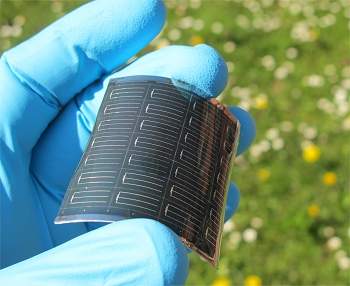
Finally we find plastic solar cells based on polymers.
They are a type of flexible solar cell that can come in many forms including organic solar cells.
They are lightweight, potentially disposable, inexpensive to manufacture (sometimes using printed electronics), customizable at molecular level and their manufacturing has less impact on the environment.
They have a yield of approximately 5% and are relatively unstable to photochemical degradation.
For this reason, the vast majority of solar cells are based on inorganic materials.
Polymer solar cells do not require sun optimum orientation as the plastic collects energy up to 70° from sun to sun axis outdoor (and in any orientation indoor).
Its application field is mainly mobile phones and laptops.
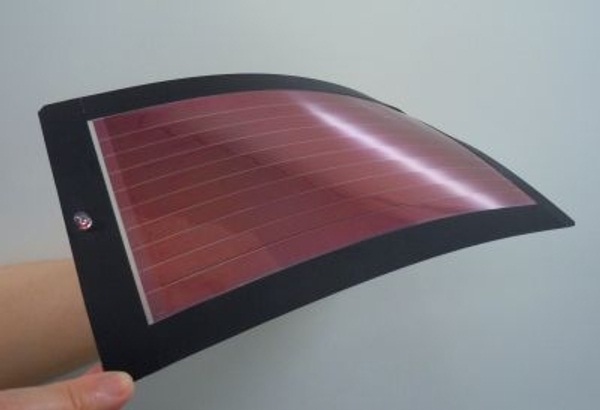
Currently underway tests to produce solar cells with new materials include colloidal quantum dots and halide perovskites.
Advances in solar energy are unstoppable and their use at a massive level depends a lot on these, as the space needed to capture a certain amount of energy will be reduced and the performance of the systems will increase.
This is an extract of contents included in Technical-Commercial Photovoltaic Solar Energy Manual and e-learning training of Sopelia.
Solar energy wherever you are with Sopelia.



